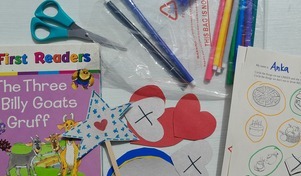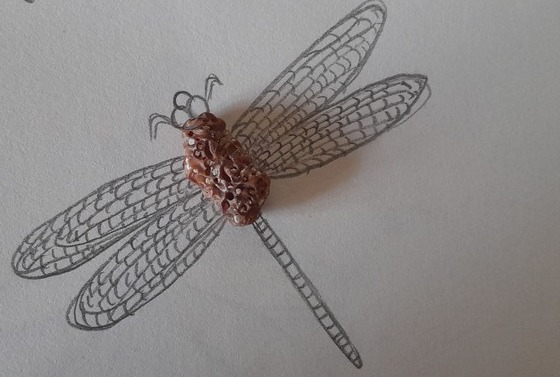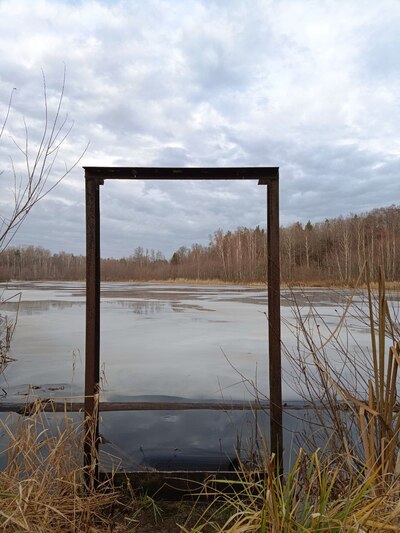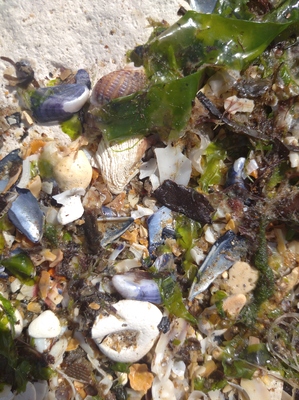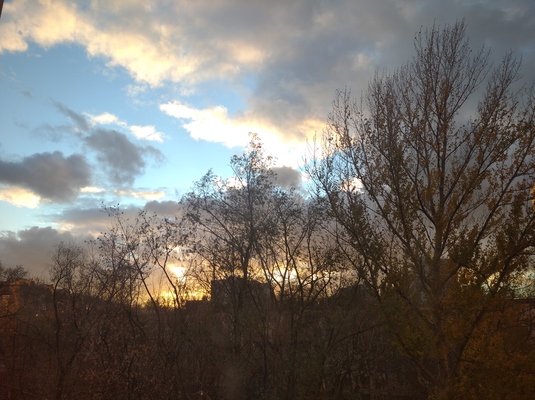
A new idea?
Every time we run a course at our teacher training centre, regardless of how formal or informal it is, we always give out a feedback form and ask our questions how useful they found the course and all its components.
‘We want to know what you think’ is not only a nice marketing phrase that should be a part of the end-of-course email. Neither is it a request for only positive feedback, a puff that will make us, the organisers, feel better. For me, personally, it is an opportunity to check and to confirm that I haven’t gone rusty or complacent as a trainer and that we still offer a good product. At the same time, it is also a way of brainstorming ideas for how we can further improve the course. This is post is going to be about one of the examples how these ideas are put into practice.
A few courses ago (a new, teacher training time expression), one of our trainees mentioned in the feedback form that they would really appreciate an opportunity to talk to trainers individually to ask some of more personal questions. It sounded like a great idea and that is what we did.

Tutorials and consultations
Individual communication between the trainees and the trainers hasl always been a part of our courses. We always chat before or after the sessions, regardless of whether they are run online or offline and many of my trainees keep in touch either via social media or via email. Some of the courses also include tutorials but their format and aim is a little bit different. They are run usually half-way through the course, they are obligatory and their main aim is for the trainees to reflect on their progress on the course and for the trainer to run a preliminary evaluation on the said progress.
We added the consultations as an optional individual meeting with the tutor, 30-minutes long, to be used in the way that the trainee chose, to discuss the issues of the particular interest. We arrange these meetings during the time that the course is run, usually before or after the input session.

Topics that were of the particular interest
- a variety of questions that came up in the course of the reflection on the particular sessions
- focused lesson planning
- lesson planning and classroom management for the online YL
- working with large groups
- using L1 in the YL classroom
- designing a curriculum and planning for a year
- choosing a coursebook
- bilingual education
- problematic students and individual case studies
- support for the novice YL teachers

What do our course participants say?
- Love this idea! Yes, I did. Find personal consultation very useful, cause we could discuss our issues and challenging situations.
- To my mind, the additional session is a perfect option that gives an opportunity to ask a question or discuss something.
- The 30-min consultation helped me, too. I noted down some great ideas about the cases we discussed.
- I had a chance to share my difficult students’ cases during our consultation and got useful advice.
- As for the consultation, I prepared a list of questions and got really valuable answers from Anka. I really appreciate her help and encouragement. I feel much more confident and enthusiastic before starting a new page in my career (working with YL).
- The additional session felt more personal and I believe I could participate more freely. And without being worried about judgmental eyes (not because anyone would judge me, I am just a bit shy) it was easier to ask questions that I had to ask.
- It’s great to be able to talk about things where i don’t feel very confident (like bilingual kids) sharing experience is priceless ; it helps reminding myself that we all learn all the time and it’s ok to struggle and try. thanks for the meeting!
- I could only participate in the 30-min individual session. That was really helpful as it helped me clarify a few questions I had about my teaching.
- This is a very cool addition. The opportunity to ask questions that arose after the course.

What do I get out of it?
- An opportunity to really meet my trainers. We talk a lot during the discussions in the breakout rooms and in the common room, before and after the sessions. However, the consultations are an opportunity to take it to another level.
- It gave me a chance to cater for the needs of all the trainees even better. It is obvious that the more extrovert and confident students take part in the whole class discussions more freely and more frequently and that some trainees prefer to share their views only while in the breakout rooms. By adding the individual consultations to the mix helped me ensure that even the shyest and the least confident teachers will have their chance to talk to the trainer comfortably.
- It is a fascinating diagnostic tool that helps us adapt and improve our courses because they show the fuller range of topics that might be interesting to teachers that are not always included in the current programme. It is a signal that some areas or aspects need to be incorporated in the existing sessions or that, perhaps, we need to start thinking about revising our courses and adding some new sessions. And, as such, they are just precious.

A bonus track, Tea for Two that lent the title to the post here, with Ella Fitzegrald.
Happy teaching!
